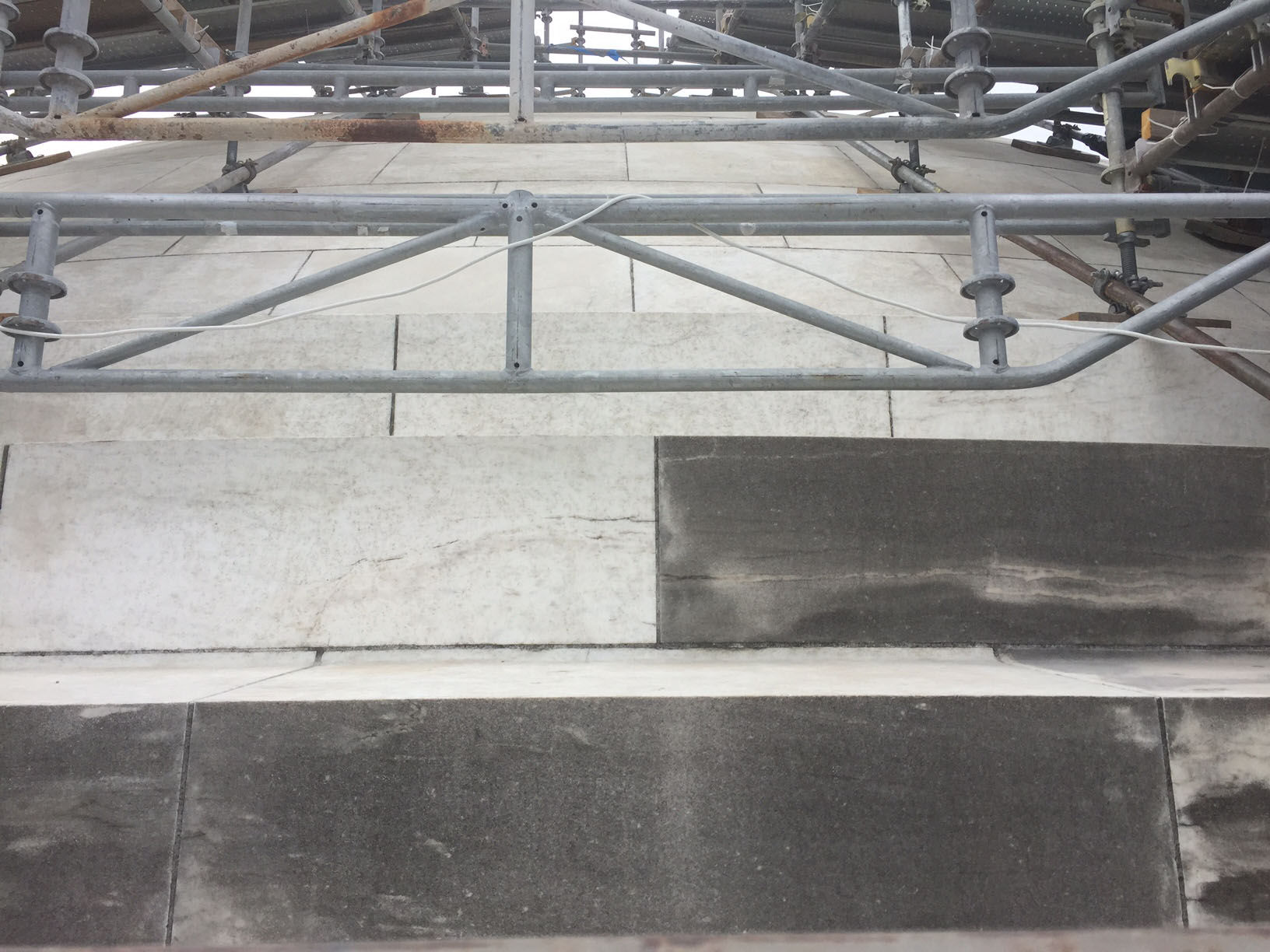
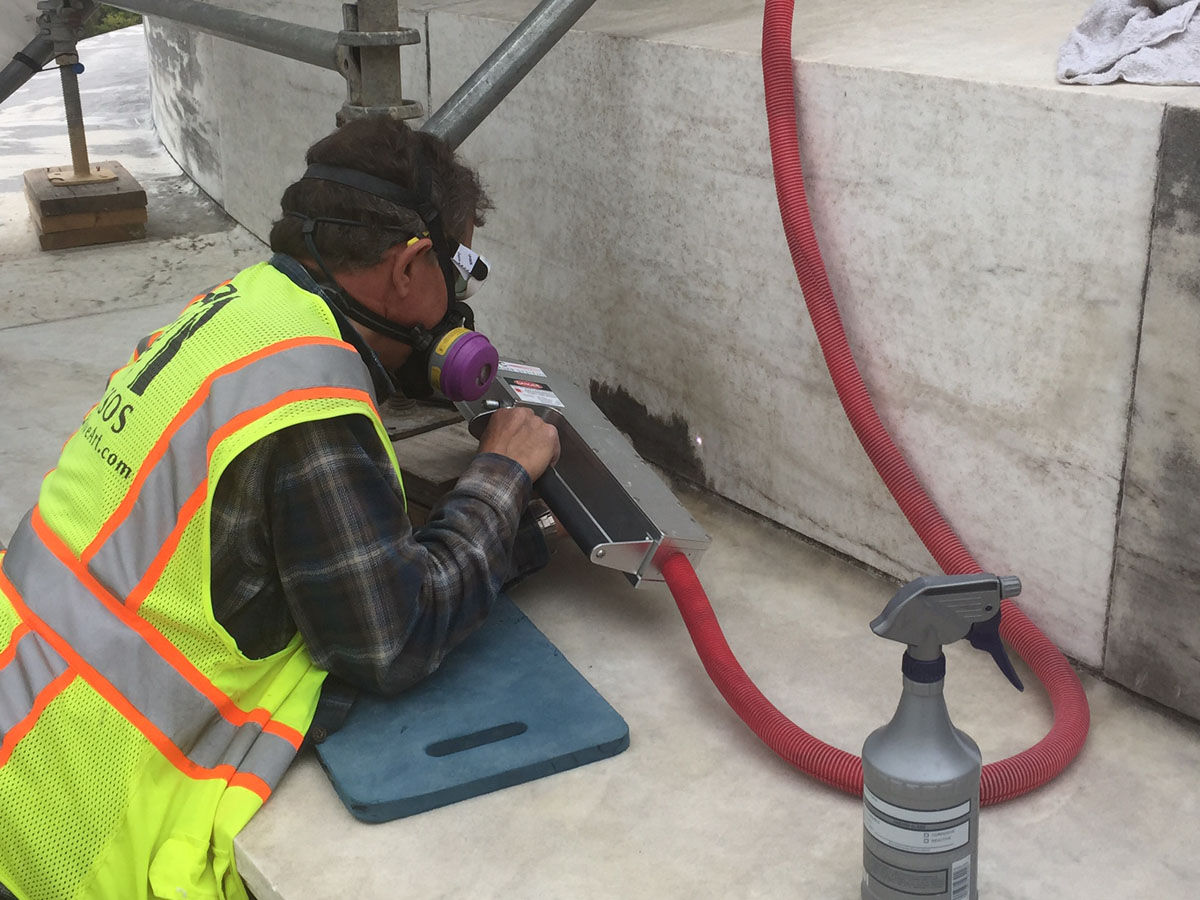
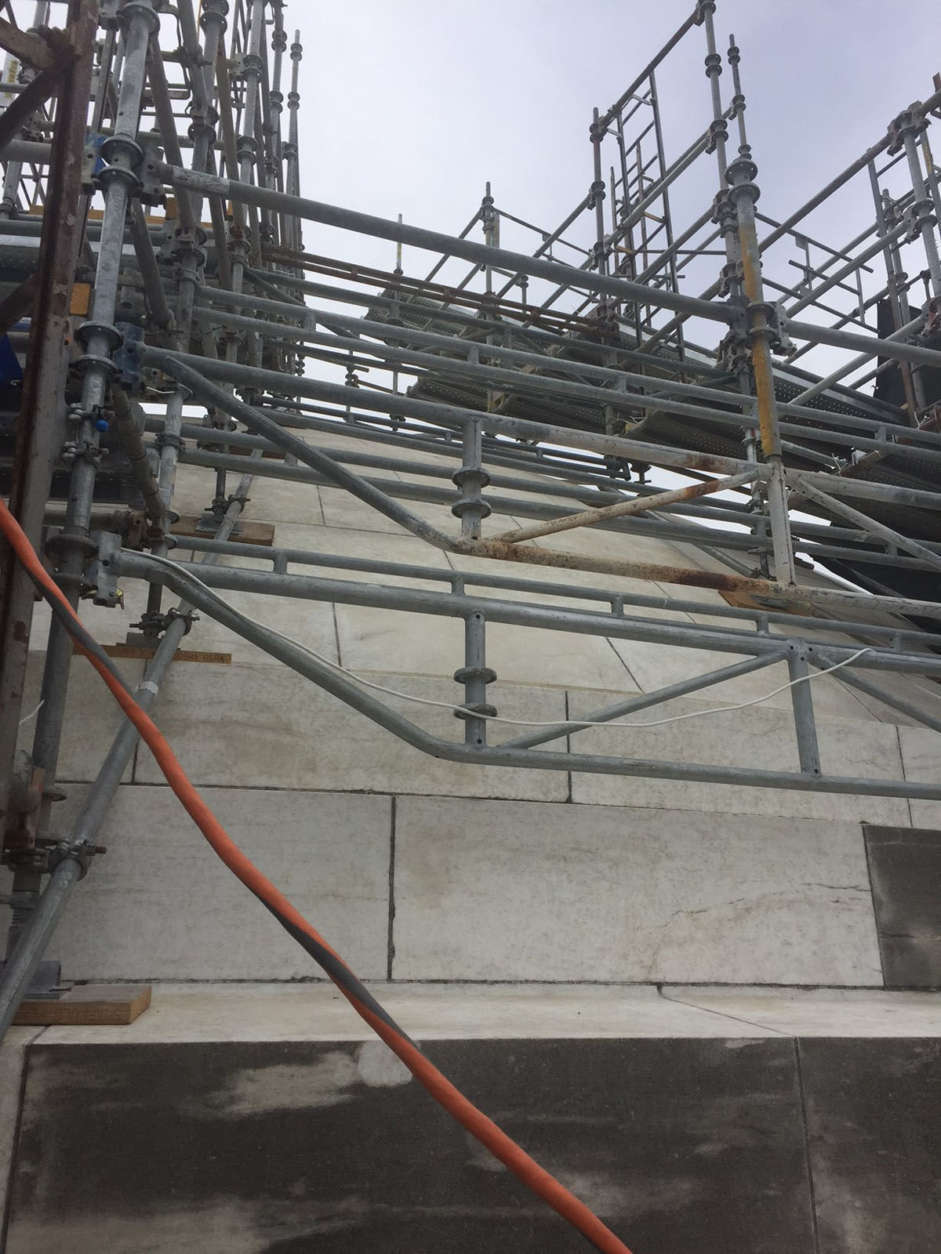


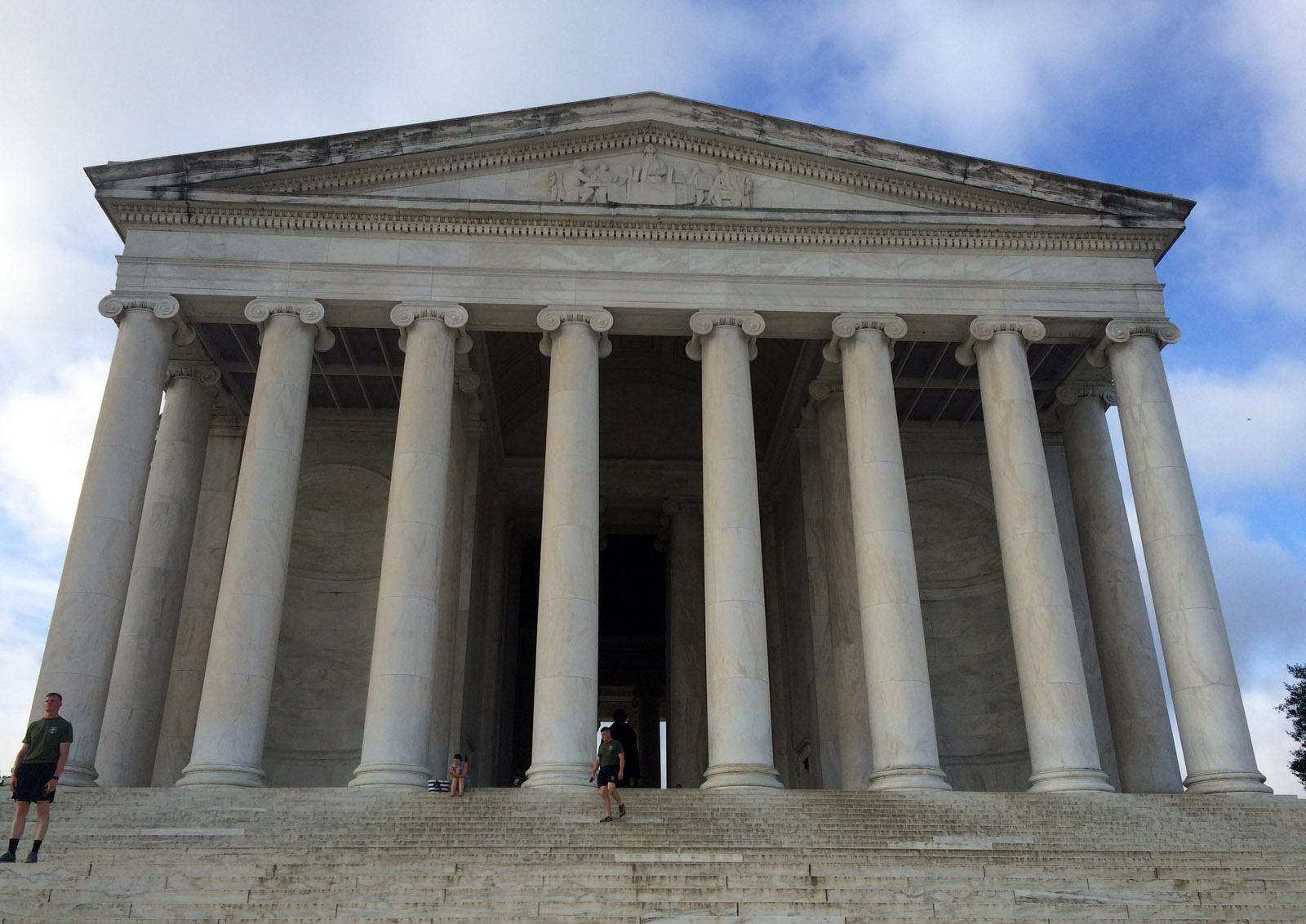
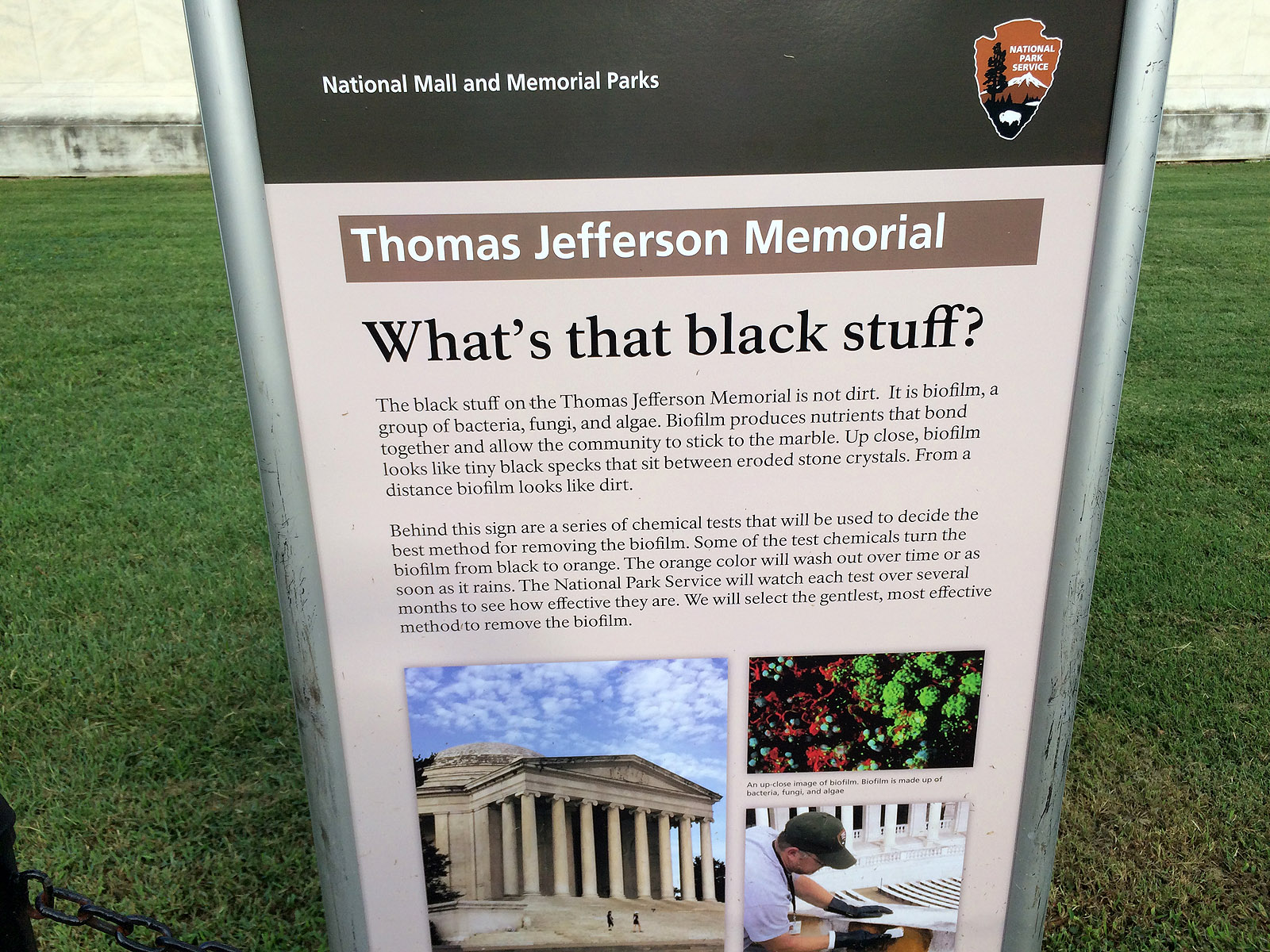
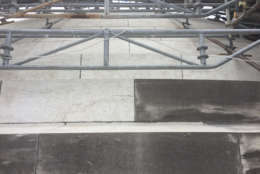
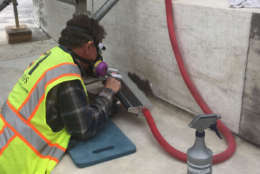
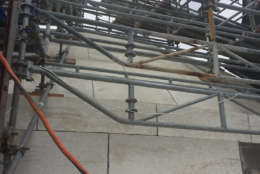
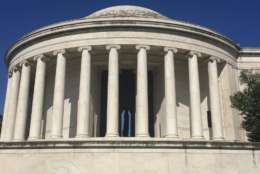
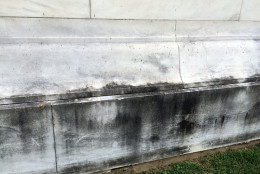
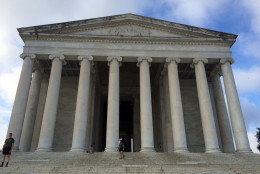
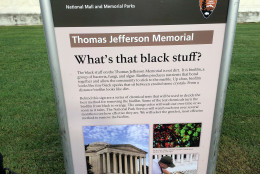
WASHINGTON — A high-tech method using lasers to clean a grimy black coating on the Jefferson Memorial’s dome has proved so successful, officials now want to give the rest of the monument a laser scrub-down, the National Park Service said Tuesday,
The park service partnered with the Chicago-based conservation firm Conservation of Sculpture and Objects Studio last month for a four-week trial run of the laser-ablation treatment.
Park service officials are “very satisfied” with the laser treatment’s performance during the testing, architectural conservator Justine Bello said in a statement.
“The level of clean that was achieved exceeded our expectations,” she said in the statement. “We were able to clean the stone in a safe manner that protected both this cultural resource and the surrounding natural environment as well.”
The laser treatment eradicated the unsightly black coating on about 1,000 square feet of the 10,682 square feet that make up the memorial’s dome, the park service said.
“When the scaffolding is down, it will be very noticeable,” National Park Service spokesman Mike Litterst told WTOP. “If you think of the dome as sort of a pie, there’s going to be a slice out of that darkened area that will be back to the brilliant white that we were used to so many years ago.”
The black coating — known as a biofilm — is made up of a colony of microscopic organisms that sticks to stone surfaces and has been slowly overtaking the monument for the past several years.
Last year, park service officials began searching for a cleaning solution that would be able to remove the biofilm without damaging the monument’s historic marble or using harsh chemicals that would harm the surrounding environment.
“It’s very strong, it’s very difficult to get rid of,” Litterst said. “And the treatment of biofilm on historic structures is still sort of in its infancy, so we were sort of experimenting and trying to find the best possible way to go about and treat this problem.”
The park service aims to use the laser treatment to remove the rest of the biofilm from the memorial next year alongside a related project to rehabilitate the memorial’s roofs. But that depends on whether the park service gets the full funding for the project officials have requested.
WTOP’s Megan Cloherty contributed to this report.








